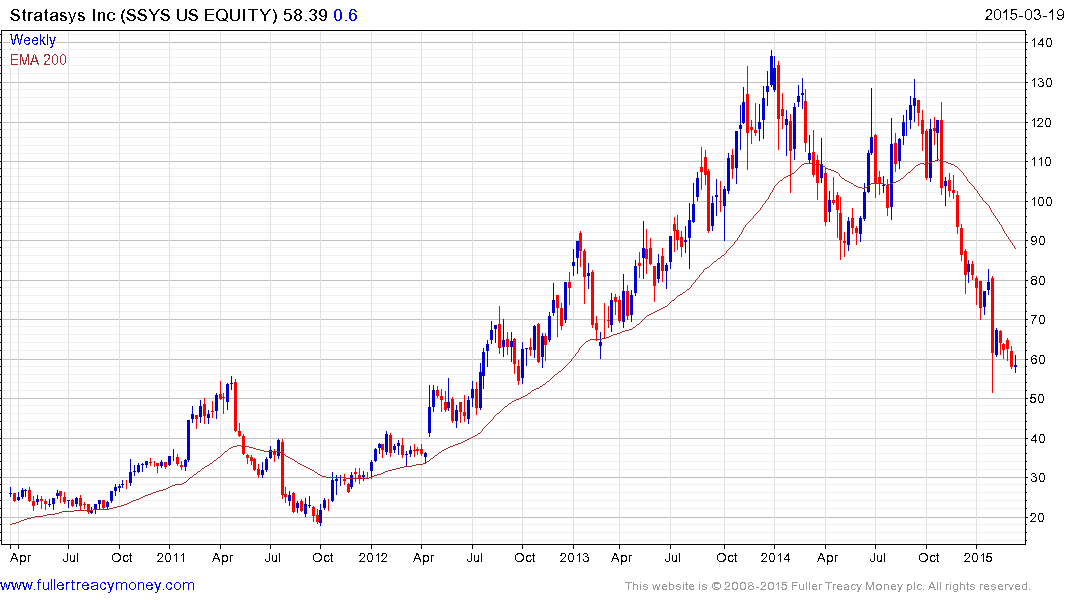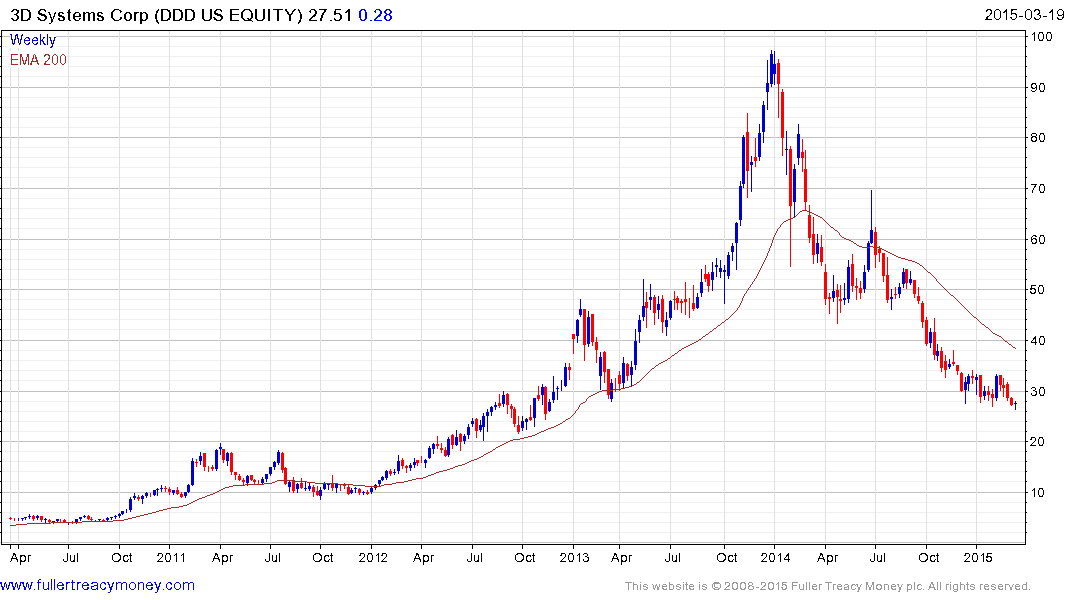Radical new high-speed liquid technology could bring 3D printing into mainstream manufacturing
Thanks to a subscriber for this article from Kurzweil which may be of interest. Here is a section:
The technology, called Continuous Liquid Interface Production (CLIP), manipulates light and oxygen to fuse objects in liquid media. It works by projecting beams of light through an oxygen-permeable window into a liquid resin to rapidly transform 3D models into physical objects.
Working in tandem, UV light, which triggers photo polymerization, interacts with oxygen, which inhibits the reaction, to control the solidification of the resin, creating commercially viable objects that can have feature sizes below 20 microns, or less than one-quarter of the width of a piece of paper. This is the first 3D-printing process that uses tunable photochemistry instead of the layer-by-layer approach that has defined the technology for decades.
Faster, stronger, predictable
CLIP enables a very wide range of materials to be used to make 3D parts with novel properties, including elastomers, silicones, nylon-like materials, ceramics and biodegradable materials, and could allow for synthesizing novel materials that can advance research in materials science.
Conventionally made 3D printed parts are notorious for having mechanical properties that vary depending on the direction the parts were printed because of the layer-by-layer approach. Much more like injection-molded parts, CLIP produces consistent and predictable mechanical properties, smooth on the outside and solid on the inside, the company says.“By rethinking the whole approach to 3D printing, and the chemistry and physics behind the process, we have developed a new technology that can create parts radically faster than traditional technologies by essentially ‘growing’ them in a pool of liquid,” said Joseph M. DeSimone, professor of chemistry at University of North Carolina-Chapel Hill and of chemical engineering at North Carolina State and CEO of Carbon3D, who co-invented the method.
It’s not difficult to get excited when you look at the pace of technological innovation. The above invention has been featured on CNBC with someone attempting to print an AR-15 which shows the negative connotations of the development. Setting that example aside, this represents an important step towards having a practical tool in one’s home but there are more important considerations from an investment perspective.


Obsolescence is a major concern in an era where totally new ground breaking inventions are appearing at regular intervals. It is conceivable that a technology like Carbon 3D’s machine will sweep away even the most efficient additive manufacturing. With that in mind, one can reasonably ask how much recovery potential do companies like 3-D Systems and Stratasys represent despite the fact they have a dominant position in the sector as it currently stands.
The sector most susceptible to a new technology appearing that will sweep away competition is solar. The trend of innovation is such that it is only a matter of time before someone comes up with something that will revolutionise the industry. At that point, the current stock of inefficient cells will be useless. The same is potentially true for battery technology.
From a trading perspective this means that paying attention to the consistency of trends will be of the utmost importance when participating in these high growth sectors. For an investor, the existence of a powerful technological innovation theme is incredibly bullish for consumers of these products, not the least the Autonomies, as well as being a major tailwind for the wider market. It would be down to one’s tolerance for risk as to how much of a pure play one is willing to take.


